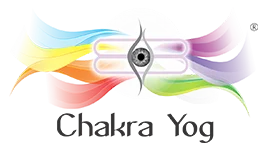Mudras for Anahata Chakra
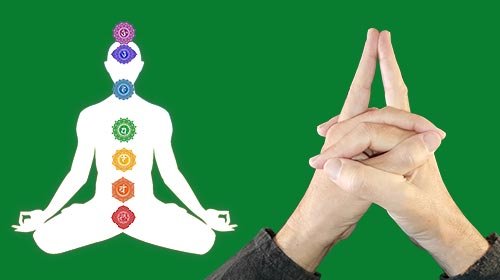
‘Mudra’ is a Sanskrit term that translates to ‘hand gesture.’ Mudras are precise hand gestures designed to improve the flow of energy, Prana, in the body and mind. Mudras have been used since ancient times to express deeper significance in several Hindu and Buddhist ceremonies and traditional dance forms. Mudras are part of the yogic and Vedic healing practice and they continue being practiced nowadays in yoga. When we hear the term yoga, we usually think in yoga asanas and breathing patterns or pranayama, however in any yoga practice yoga mudras or hand gestures are combined, being Namaste the most common and popular.
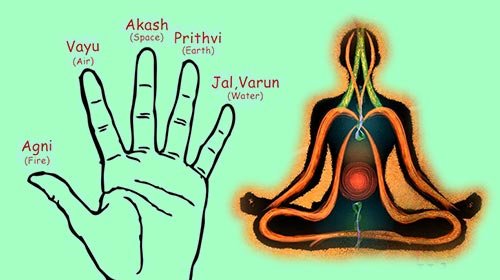
The term “mudra” is derived from the Sanskrit terms muda and dra, which mean “bliss dissolving,” and denotes to that which dissolves dualism and brings the Yogi and the Divine together.
Yoga Mudra is the technique that works by modifying or diverting energy flow throughout the body through hand movements along acupuncture meridians, putting our energy body into perfect harmony or balance. Because the hands contain all of the acupuncture meridians, they are regarded as the body’s control panel. The five fingers of a hand symbolize the five elements of the body, known as Pancha Mahabhutas, which are fire, water, air, sky, and earth. According to Ayurveda, these energies must be in balance for the body to be at its best health and balance.
When we place our fingers and hands in a specific way, whether we bend, press, cross, extend, or touch our fingers with the other fingers, we are actually altering the energy flow, prana, through these acupuncture points, which influences and stimulates specific areas of the brain and aids in the restoration of elemental balance in the body.
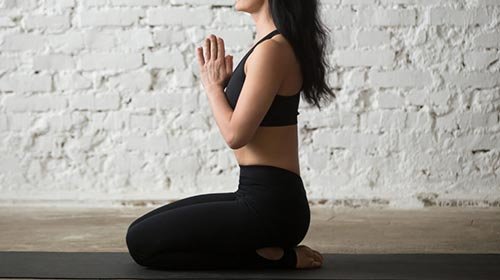
Mudras are practiced along with meditation and breathing techniques to direct the flow of energy throughout the body. It takes some time to become sensitive to the effects of these mudras. To begin, sit in a comfortable meditation posture such as Sukhasana (easy pose), Vajrasana (diamond pose), or Padmasana (lotus pose).
If you don’t feel comfortable sitting on the floor, you may sit on a chair with your back straight. It is critical to warm up your hands before executing these mudras in order to feel the feelings.
It is best to sit in a peaceful and quiet environment that is devoid of distractions. Keeping the eyes closed boosts the healing potential and allows you to observe the feelings that grow inside during the practice.
Step by Step procedure
- The first step is to massage your hands together for 20 to 30 seconds to stimulate circulation. The friction will cause warmth to rise from your hands, indicating that all of the nerve endings in your hands have been activated, and thus, activating each cell associated to numerous organs.
- Place your hands on your lap, and your palms facing up; attempt to calm your mind in the serenity and silence of nature to experience the tingling or pulsing feelings in your hands and body. Uphold this posture for at least 15 seconds.
- Then, with your fingers pressed in certain patterns, execute different mudras, and apply enough pressure to feel the energy flow. Gentleness is key; little is more when it comes to mudras. Remember that you cannot damage yourself if you make a mistake, so you can relax and proceed.
Our energy body governs our physical body to a large degree. Disorders develop as a result of an imbalance in energy in the different organs and their related chakras; mudras may assist balance these energy levels and prana. Yoga mudras even when looking simple, they may be a very effective therapeutic tool.
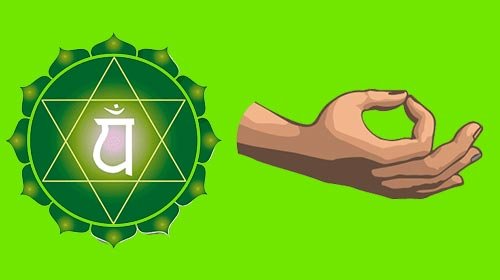
Mudras for the Anahata chakra are used to cultivate qualities of unconditional love and light, such as becoming compassionate, empathetic, loving (including self-love), harmonious, forgiving, and a master of manifestation. The practice of these mudras makes you more friendly and sympathetic to others, which aids in the development of harmonious relationships.
Below are some of the most practiced and effective Mudras for Anahata. It is important to note that these are the stone foundation mudras for Anahata from which ones many variations of mudras developed into other similar gestures, just in the same way yoga asanas are practiced in multiple variations too.
Hridaya mudra
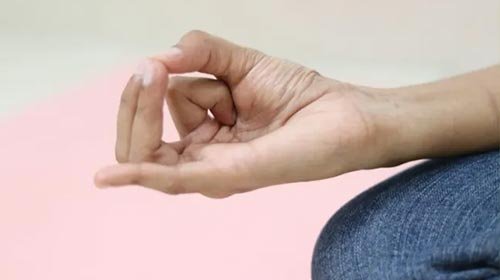
Hridaya mudra is a hand gesture used in yoga and meditation to help the meditator find confidence and follow their heart. It is known as a ‘fearless heart seal’ in English. Releases accumulated emotions and everything weighing on the heart, as well as revitalizes the heart by releasing stress and lowering anxiety.
The Hridaya Mudra, also known as the Apan Vayu Mudra or Mritsanjeevani Mudra, is a powerful mudra that is claimed to assist in the treatment of heart attacks.
Procedure: Begin by pressing the tips of the thumb (fire element), ring finger (earth element), and middle finger (space element) together. The compression at the tips of these fingers aids in detoxifying and cleansing the body by boosting the delivery of oxygen to the heart, hence enhancing the heart’s strength and performance. Now bring your index finger all the way to the base of your thumb. Join the tips of your thumb, middle, and ring fingers. Keep your pinky finger pointing straight forward. Bring your hands on your knees with your palms facing up for meditation. Stand in this position for as long as you feel comfortable.
Padma (Lotus) Mudra
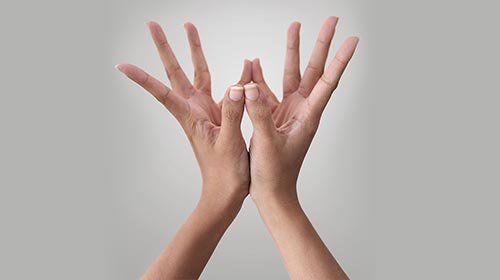
Lotus mudra connects to the heart chakra in order to represent the subtle energy of this location. The heart chakra, also known as Anahata, is associated with love, compassion, the element of air, the aim of truth, and the attribute of being ‘untouched’ or ‘unaffected’ by surrounding darkness or impurity. Lotus mudra may be used as a visual focal point to extend your yoga practice beyond the physical postures and enable it to flow through your whole body.
Padma mudra is beautiful and sacred, representing purity and opening the heart core. It is hold as the most effective mudra to keep a balanced Anahata chakra.
Procedure: Bring your hands together at the base. Keep both sides of your hands pressed together, the pinky and thumb sides. Keep your palms pressed together at the base as well. As though you were a flowering lotus flower, separate and peel your index, middle, and ring fingers apart. To open the back of your heart, hold the mudra in the center of your chest or pull your forearms together and elevate them over your head. Keep it for at least 10 minutes.
Kapittha Mudra
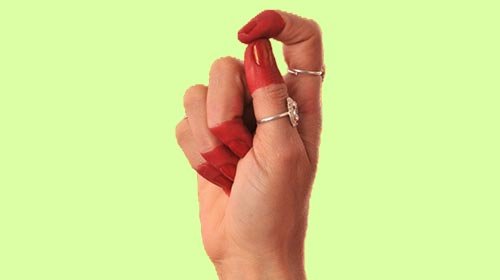
Kapittha mudra means goddesses Lakshmi and. It is used to depict milking cows, drums, or holding a flower. It is the eleventh of the 28 single-hand mudras (Asamyutta Hastas) mentioned in the Abhinaya Darpana. The mudra is mentioned in both the Natya Sastra and the Abhinaya Chandrika (as Ankusha). According to tradition, this mudra originated when the ocean was churned and Lord Vishnu used this hand gesture to draw upon Mount Mandara.
Kapittha mudra aids in the development of commitment to one’s partner. It represents sexual and soul unity. Its practice results in pleasant partnerships.
Procedure: Make a fist first. Enclosure your thumb between your index and middle fingers. The remaining fingers will be brought together to create a fist. While sitting in a comfortable posture, do this mudra. The left hand will be put on the heart, while the right hand will be placed on the pelvis. Close your eyes, relax, and take slow, deep breaths.
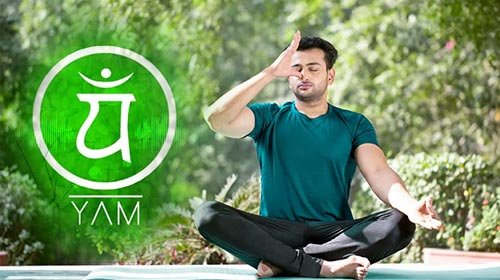
As we have seen practicing yoga mudras regularly is surprisingly effective by just using our hands and blending the brief practice with a quiet environment, the exercise of pranayama (breathing techniques) and particularly, alternate nostril breathing for Anahata, and chanting and focusing on the beej sound YAM. Doing it regularly is a perfect starting point to get our Heart (Anahata) Chakra balanced and move forward to more advanced healing methods in this direction.


